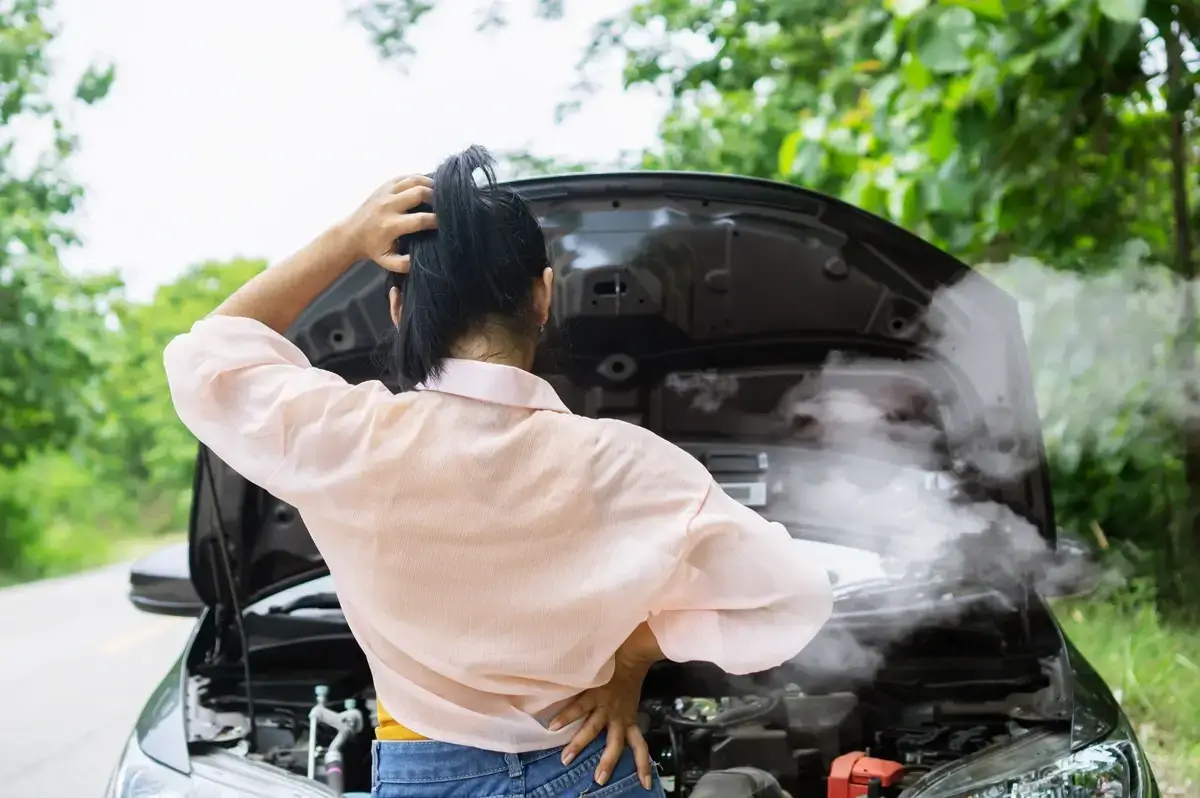A car engine is a finely-tuned system designed to operate efficiently under a variety of conditions, but one of the most critical aspects is its ability to stay cool. When the engine temperature exceeds the normal operating range, it can cause significant damage to various components, leading to expensive repairs and, in some cases, permanent engine failure. Understanding why cars overheat and how to address the problem can save car owners from frustrating and costly experiences.

The most common reason a car overheats is a failure within its cooling system, which is responsible for regulating the engine’s temperature. The cooling system consists of several components, including the radiator, water pump, thermostat, and coolant, all of which must work together overheating car efficiently to prevent overheating. The radiator absorbs heat from the engine and dissipates it through the coolant. However, if there is a malfunction in any part of the system, the coolant might not circulate properly, leading to an increase in engine temperature.
One of the main culprits behind overheating is a malfunctioning radiator. Over time, the radiator can become clogged with dirt, debris, or rust, hindering the flow of coolant and preventing the engine from cooling properly. Similarly, a leak in the radiator or hoses can allow coolant to escape, leaving the engine without enough fluid to maintain a safe operating temperature. When coolant levels drop significantly, the engine will begin to overheat, often with no prior warning.
Another potential cause of an overheating engine is a stuck thermostat. The thermostat is responsible for controlling the flow of coolant based on the engine’s temperature. If the thermostat gets stuck in a closed position, coolant cannot circulate, causing the engine to overheat. Similarly, a malfunctioning water pump can prevent the coolant from circulating effectively, leading to similar problems. Both of these issues prevent the engine from maintaining the proper temperature, resulting in excessive heat buildup.
Low coolant levels can also contribute to overheating. Over time, coolant can evaporate or leak from the system, leaving the engine with insufficient coolant to absorb and regulate heat. When this happens, the engine is at a higher risk of overheating. Inadequate coolant can also occur if the wrong type of coolant is used or if the coolant hasn’t been replaced at the recommended intervals. Inadequate or old coolant can lose its ability to effectively absorb heat, further contributing to an overheating engine.
Ignoring the signs of overheating can lead to serious consequences. If the engine continues to run at high temperatures for an extended period, it can cause irreparable damage. One of the most common issues caused by overheating is a blown head gasket. This failure allows coolant and oil to mix, leading to engine failure. Prolonged overheating can also warp or crack the engine block, resulting in costly repairs or even the need for an entirely new engine.
To prevent overheating, regular maintenance is essential. Checking coolant levels, inspecting hoses for leaks, and ensuring the radiator is free from debris can help keep the cooling system functioning properly. Additionally, keeping an eye on the thermostat and water pump will ensure these components are working as intended. When driving in hot conditions or during long trips, ensure the vehicle has adequate coolant and that the air conditioning system is functioning properly, as this can help reduce the strain on the engine.
In conclusion, overheating is a serious issue that every car owner should be aware of. By understanding the causes of overheating, such as radiator failure, thermostat malfunction, or low coolant levels, drivers can take proactive steps to avoid engine damage. Regular car maintenance, along with swift action at the first signs of trouble, can help prevent overheating and ensure the longevity and reliability of the vehicle.